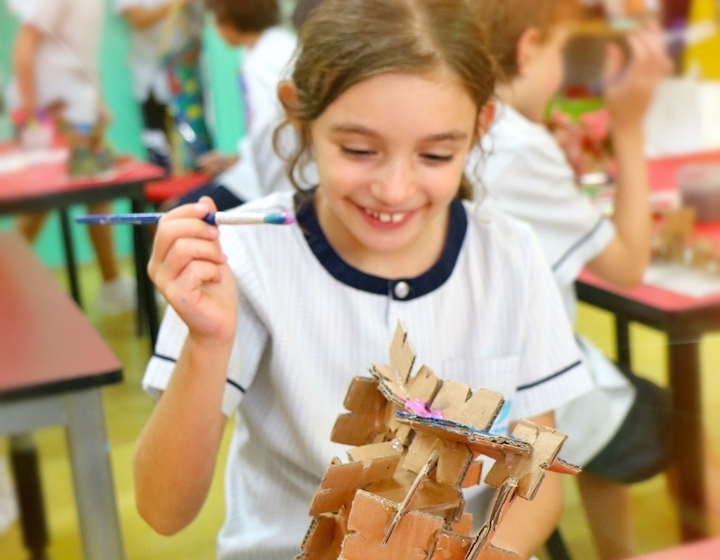
Did you know there are 7 different learning styles? Do you (and your child’s teachers) know which one best suits your child?
No two children learn in exactly the same way. Understanding your child’s learning style can be a crucial first step in advancing your child’s learning journey inside and outside the classroom. Teachers who take into consideration different learning styles, too, can maximise students’ understanding of various concepts. Each learner prefers specific ways of perceiving, recognising, and retaining information, and these preferences can change as children grow.
Types of Learning Styles
- Visual. These students learn best by watching demonstrations, reading instructions, and looking at pictures and diagrams.
- Auditory. These learners need to hear spoken instructions or have a discussion about the material to understand and retain it.
- Kinesthetic. Kinesthetic learners prefer hands-on experiences so they can “learn by doing”.
- Logical-Mathematical. These scientifically minded learners are all about logic and numbers.
- Solitary. These students like to have a quiet space to make learning and problem-solving a solo venture.
- Social. As you can expect, collaborating with others makes learning come alive for these students.
- Verbal. These learners are especially linguistically inclined and usually excel at reading, writing, and speaking.
Why It’s So Important to Cater to Different Learning Styles
Most children use a combination of different styles of learning and effective teaching combines several approaches or multi-sensory instruction, where children make use of different senses while learning. Meeting children’s learning styles at school creates an empowering atmosphere, bringing out the best in all students. Learning becomes more meaningful and practical when students have multiple ways to access the curriculum. Plus, they have plenty of opportunities to get creative as they figure out what works for them.

Tips for Tapping Into Your Child’s Learning Style
Understanding how our children learn helps us recognise which methods appeal to them, so we can reinforce what’s happening in the classroom. Here’s how you can accommodate your child’s learning style.
- Observe your child to find out how they prefer to learn.
- For visual learners, use flashcards, charts, images and highlighted text.
- Support auditory children by allowing them to listen to music while studying.
Encourage them to read aloud, talk about their learning and make up songs or rhymes about the concepts they are learning. - Find ways for your kinesthetic learner to show you what they’re learning by doing an art project or giving a demonstration.
- Help logical learners understand the reasoning behind concepts and write out goals so they can track their progress.
- Encourage verbal learners to take notes and develop mnemonics to remember what they’ve learnt.
- Provide a quiet study area for solitary learners and give them a journal to help them make connections as they gain new knowledge.
- Have your social child teach you what they’re learning and encourage them to participate in group activities.

How One World International School Accommodates Different Learning Styles
OWIS uses the International Baccalaureate Primary Years Programme (IB PYP), which allows them to personalise learning and meet students where they are. OWIS teachers will:
– Develop individualised learning goals for each child based on their current competency levels.
– Read instructions aloud to engage auditory learners.
– Accommodate logical learners with systematic, organised approaches to tasks.
– Provide movement breaks throughout the day to keep kinesthetic learners focussed.
– Encourage visual learners to map out their ideas.
– Design collaborative activities so social learners can connect with their peers.
– Create quiet, resource-packed areas to help solitary learners process new information.
For more on how OWIS implements the IB PYP and develops students to become independent life-long learners, visit them virtually.
One World International School
Nanyang Campus: 21 Jurong West Street 81, Singapore 649075, Tel: (+65) 6914 6700
Mountbatten Preschool Campus: Block G, 231 Mountbatten Road, Singapore 397999, Tel: (+65) 6914 7350
www.owis.org






 View All
View All
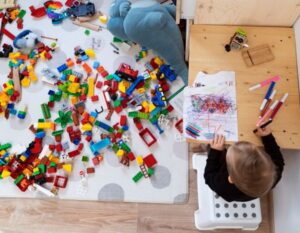


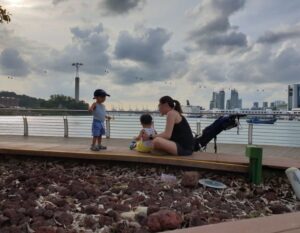

 View All
View All



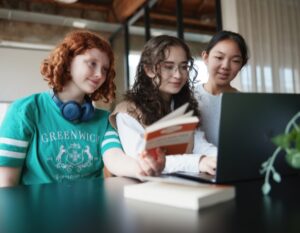





 View All
View All

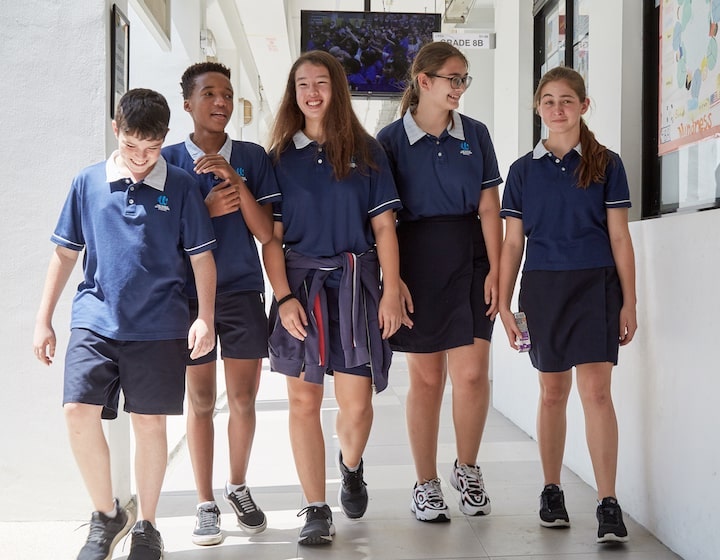

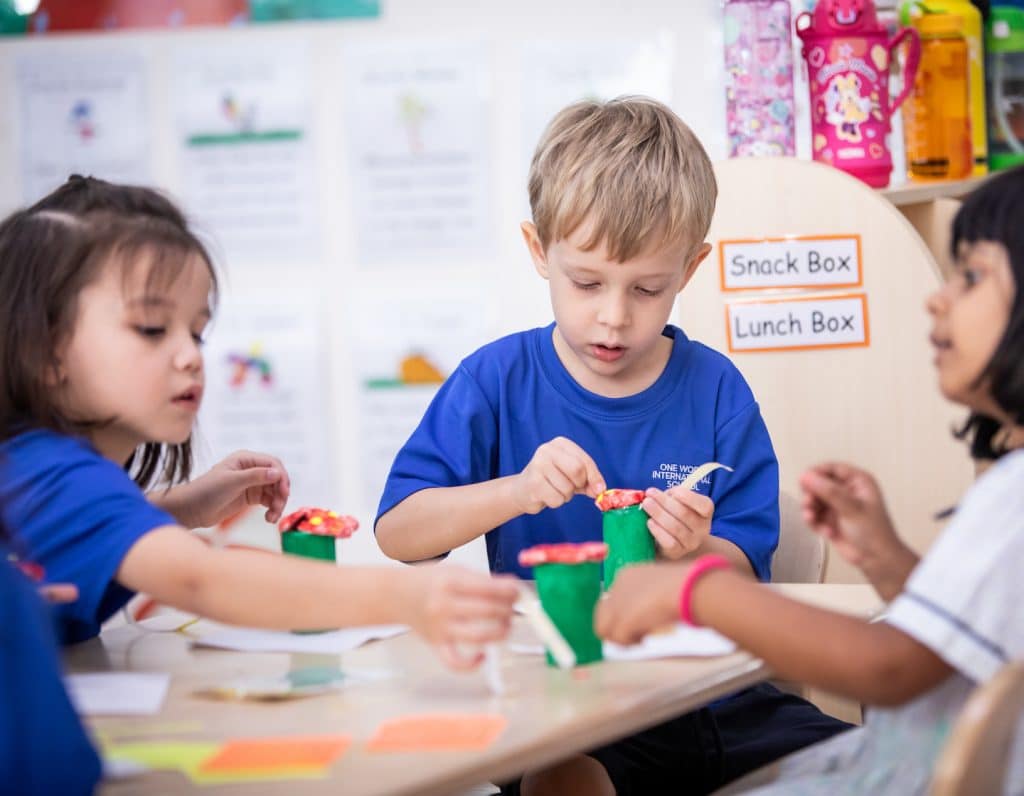


![[𝗦𝗔𝗩𝗘 𝗧𝗛𝗜𝗦] 𝗙𝗿𝗲𝗲 𝗔𝗰𝘁𝗶𝘃𝗶𝘁𝘆 𝗙𝗼𝗿 𝗞𝗶𝗱𝘀 𝗪𝗵𝗼 𝗟𝗢𝗩𝗘 𝗙𝗶𝗿𝗲𝘁𝗿𝘂𝗰𝗸𝘀! 🚒🔥
Skip the usual mall stroll and check out the Civil Defence Heritage Gallery! It’s free, air-conditioned, and housed in Singapore’s very first fire station, just across from Funan Mall.
Spanning two full floors, the gallery dives into Singapore’s firefighting history, major rescue missions, and the evolution of the SCDF. There are interactive exhibits, immersive displays, and even emergency preparedness tips for the public.
Bonus: Selected fire stations also host Saturday morning open houses with guided tours where you can watch fire gear demos, meet firefighters, and see those high-pressure water sprays in action!
𝗛𝗼𝘄 𝗺𝘂𝗰𝗵? FREE
𝗪𝗵𝗲𝗿𝗲? 62 Hill St, Singapore 179367
𝗢𝗽𝗲𝗻𝗶𝗻𝗴 𝗵𝗼𝘂𝗿𝘀? 10 am–5 pm (Closed on Mondays)
Comment “Fire” or link in bio for more details!
Tag your parent crew and plan your next adventure with the little ones! 👨👩👧👦💥
.
.
.
.
.
.
.
#SGFireStation #SCDFGallery #ThingsToDoWithKidsSG #FreeFamilyFun #SGParents #KidFriendlySG #FiretruckLovers #MuseumAdventure #SCDF #HeritageGallery #SGMums #FamilyWeekendSG #LearningThroughPlay #SingaporeWithKids](https://www.sassymamasg.com/wp-content/plugins/instagram-feed/img/placeholder.png)
